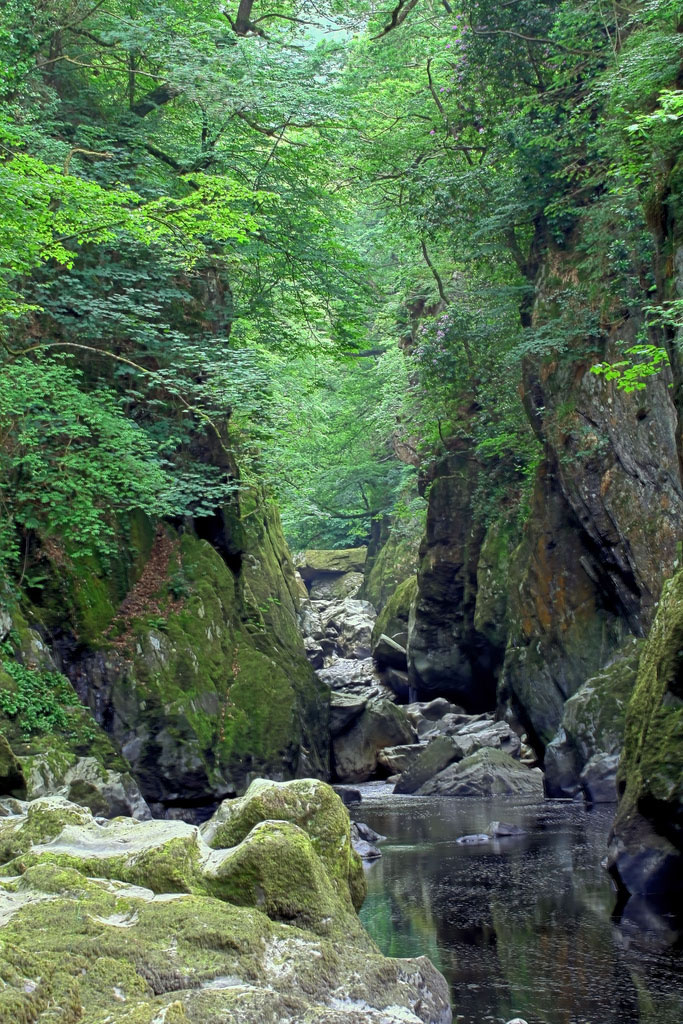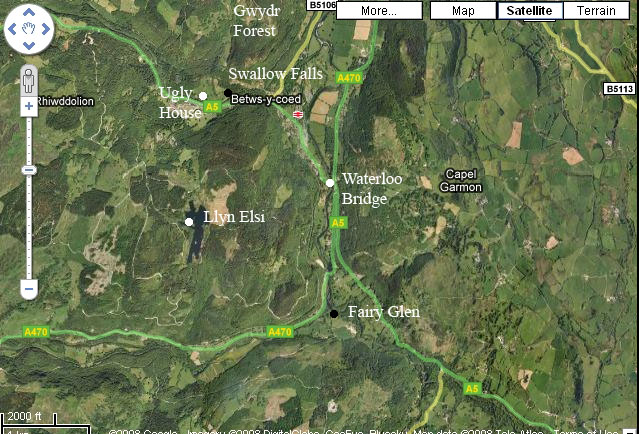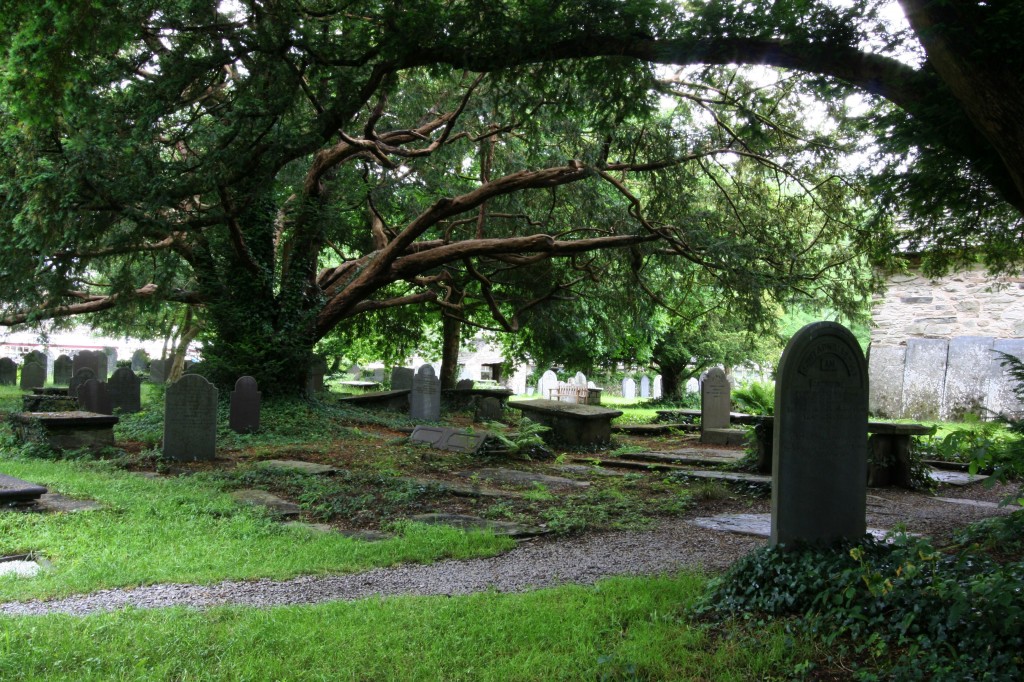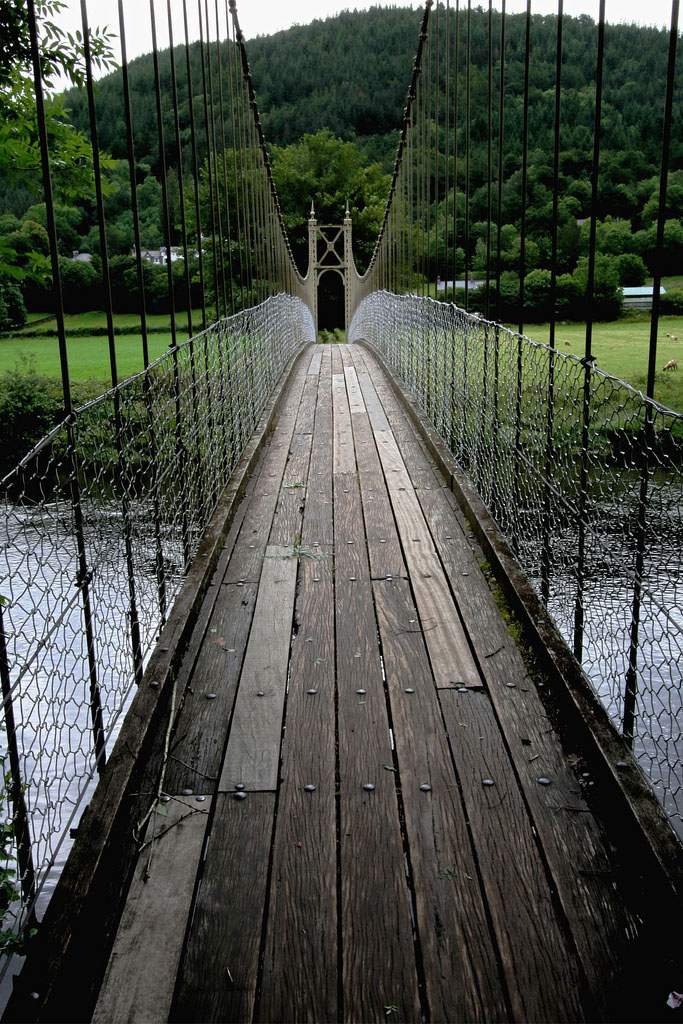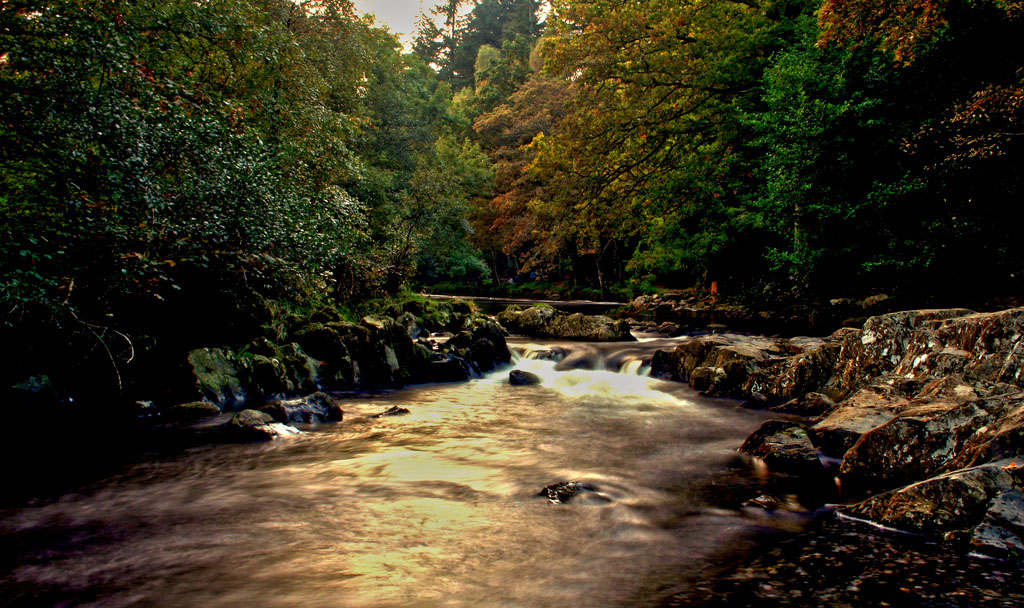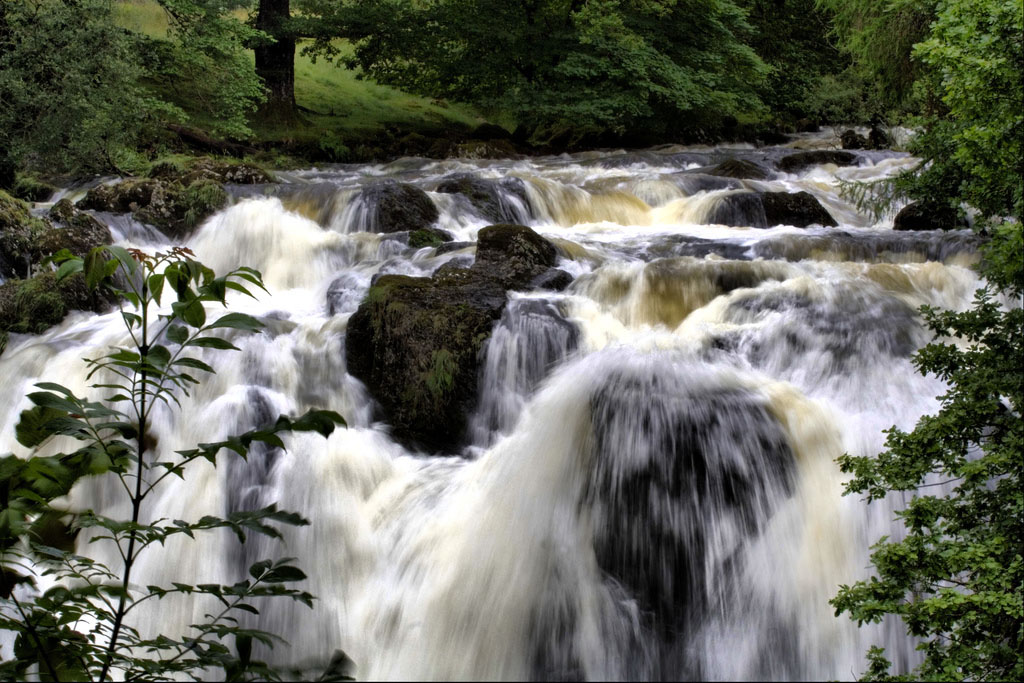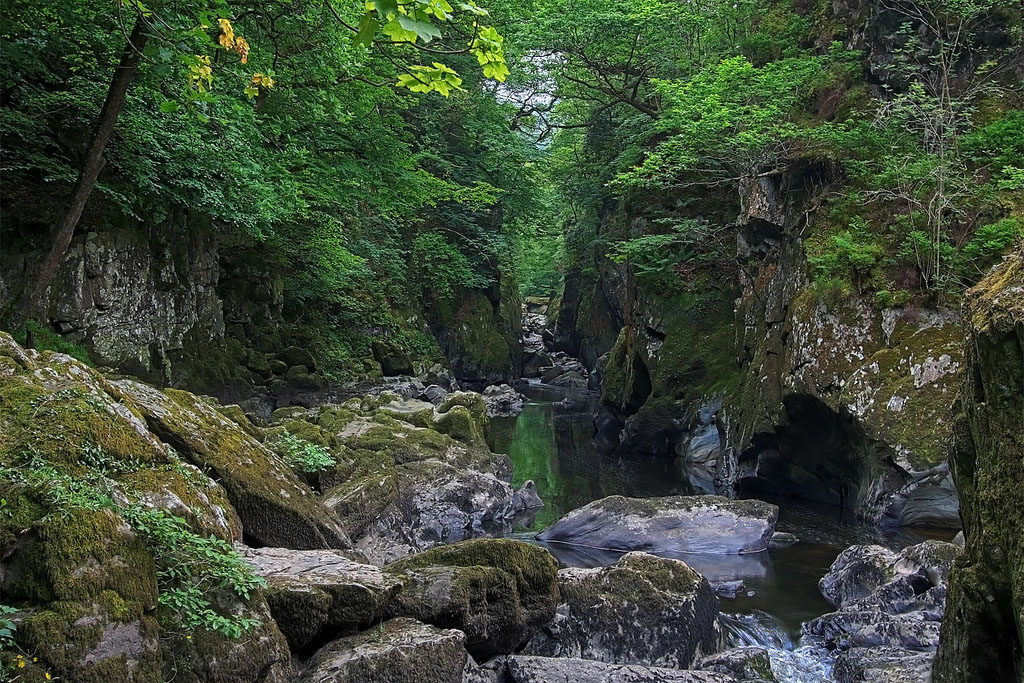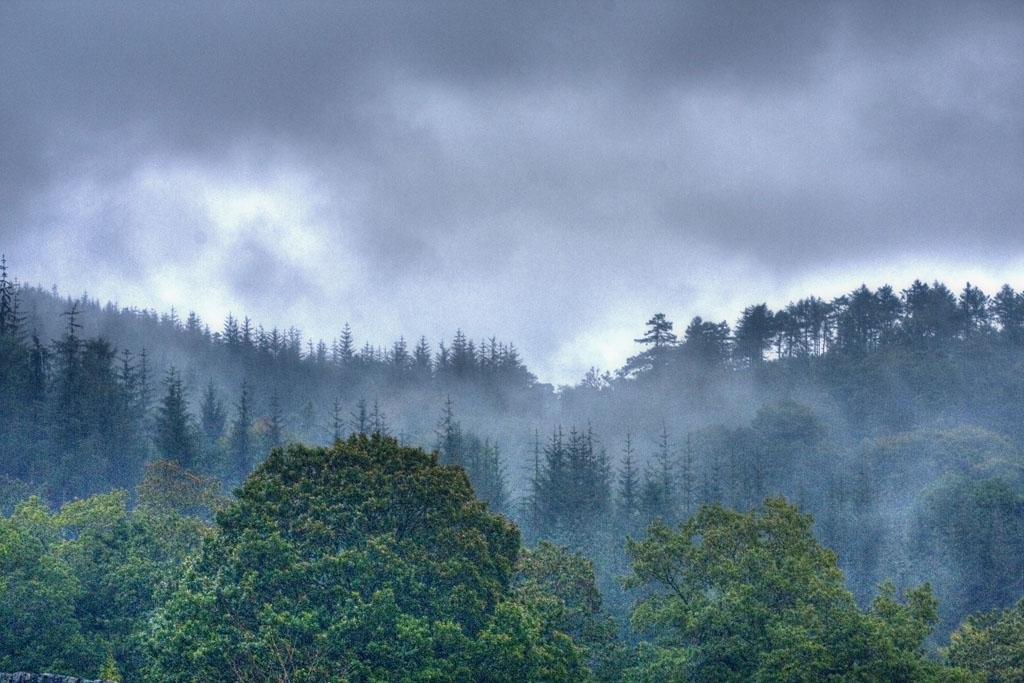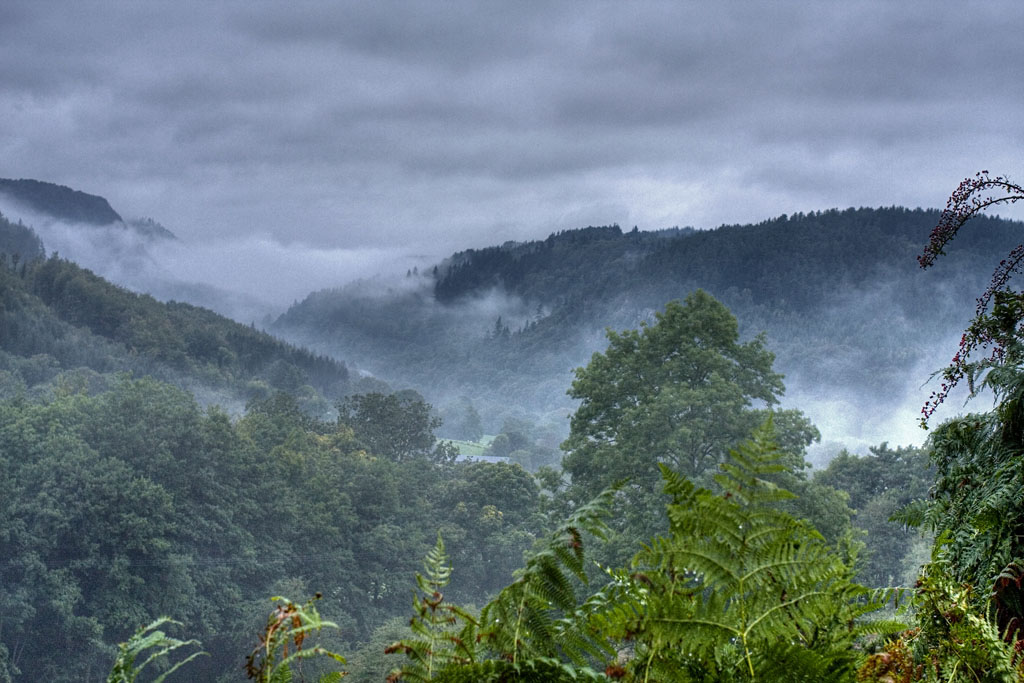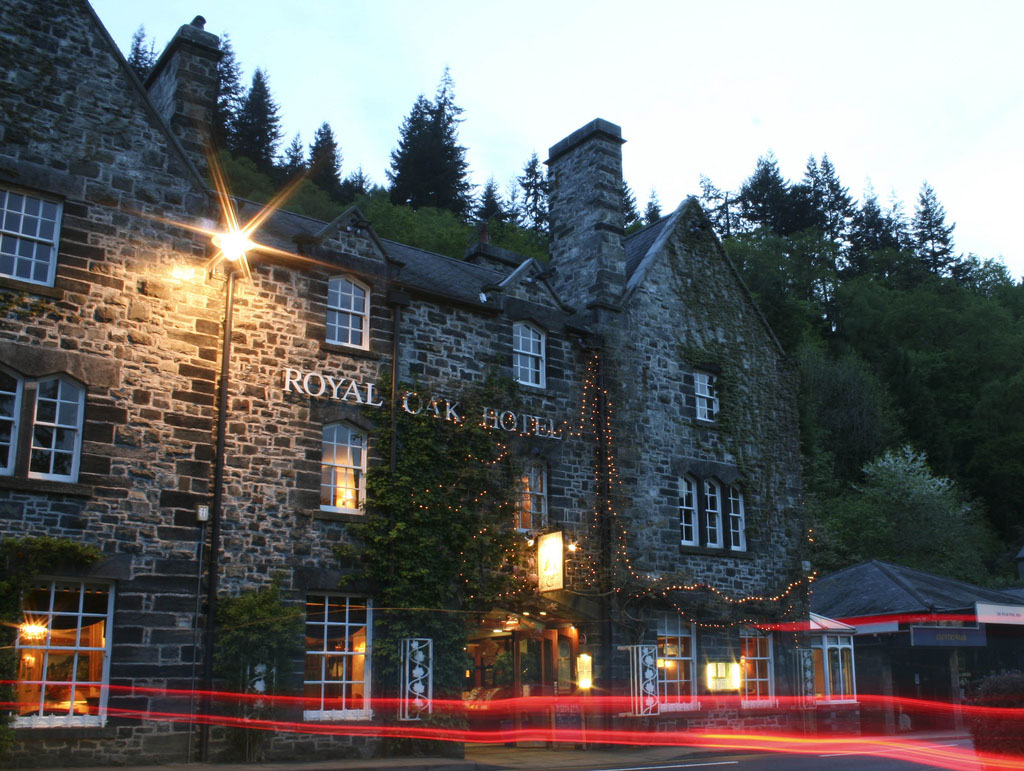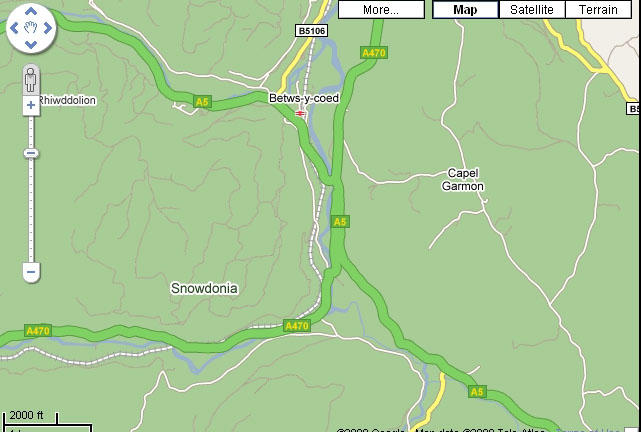The area around Betws-y-Coed has everything, the landscape is rich and varied. Three rivers, the Conwy, Lledr and Llugwy rivers tumble down from the beautiful bleak moorland above, through oak woodland and dramatic ravines, before meeting at Betws-y-Coed. The river then journeys through the Conwy Valley on its journey to the sea at Conwy.
The area offers great photographic opportunities
- Picturesque architecture
- Train Station and Railway Museum
- Motor Museum
- St Michael’s Church
- Gwydr Forest
- Many walks from Betws y Coed, eg to Llyn Elsi
- Sappers Bridge
- Miner’s Bridge
- Ugly House
- Swallow Falls (Rhaedr Ewynnol)
- Llugwy River
- Waterloo Bridge
- Fairy Glen
- Conwy Falls
- Ty Mawr, Wybrnant
Special Photographic Features or notes
Betws y Coed village
Lying in the shelter of the Gwydir Forest park, Betws y Coed is an attractive village of stone built houses. A lovely place to walk around, with lots to see and photograph.
Railway Station
An attraction in itself, it also houses the Conwy Valley Railway Museum which has a miniature railway
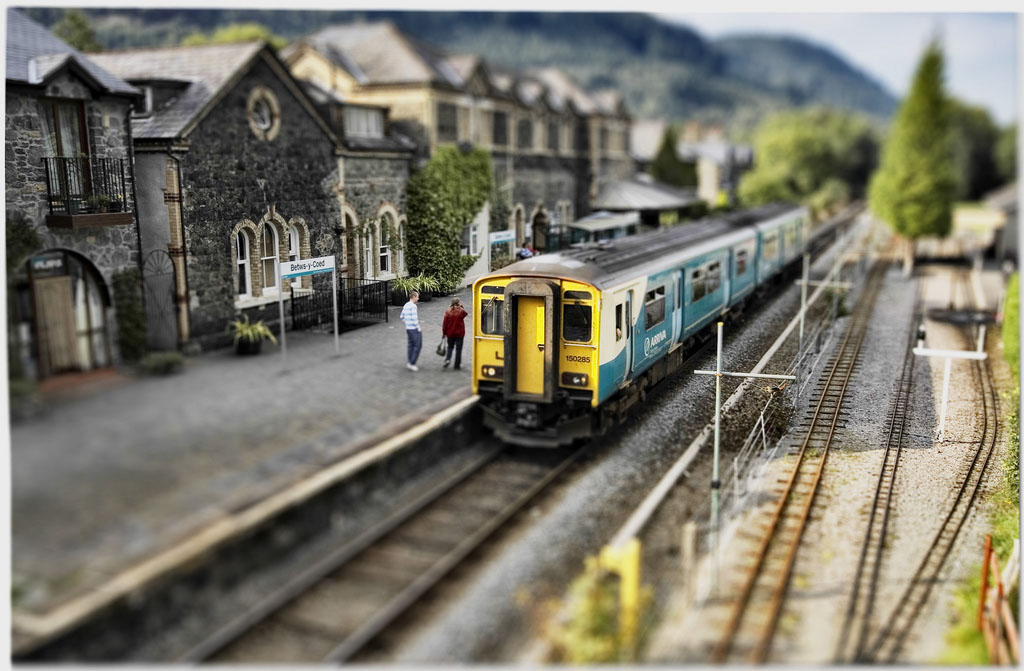
Betws y Coed Station by Brian Mottershead
St Michael’s Church
Located on the banks of the River Conwy, St Michael’s Church, built in 14th Century is the oldest building in the village.
Sapper’s Bridge
This is a suspension footbridge., that was built by the Royal Engineers across the river Conwy at Betws y Coed in the 1930’s, to replace a previous wooden bridge that was swept away.
Waterloo Bridge
This is an early cast iron bridge that also spans the River Conwy at Betws Y Coed. It was built to carry Thomas Telford’s London to Holyhead road. It is inscribed on the bridge that it was constructed in the year of the Battle of Waterloo.
Pont Y Pair
This 15th century bridge spans the River Llugwy in the centre of the village.
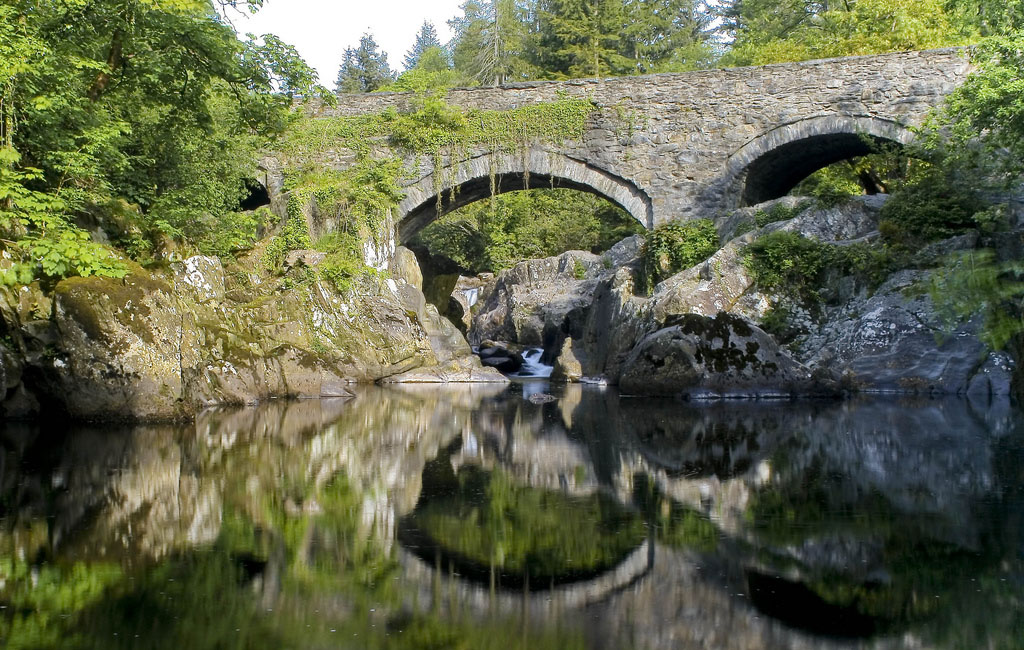
Pont Y Pair Bridge by Dylan Edwards
River
Some lovely river shots can be found at Betws Y Coed, with numerous bridges over the rivers.
Swallow Falls (Rhaedr Ewynnol)
These are located just off the A5 road between Capel Curig and Betws Y Coed.
The Ugly House
Other attractions along the road between Capel Curig and Betws Y Coed are the Ugly House, built in the 15th Century under the customary law that allowed a person to build a dwelling between sunset and sunrise, and if there was smoke coming out of the chimney by dawn, then he could claim the land as his own.
Miner’s Bridge
Located between Capel Curig and Betws y Coed, the Miner’s Bridge was so called as it was where the miners crossed the river Llugwy on a steep ladder to their work in Gwydir Forest.
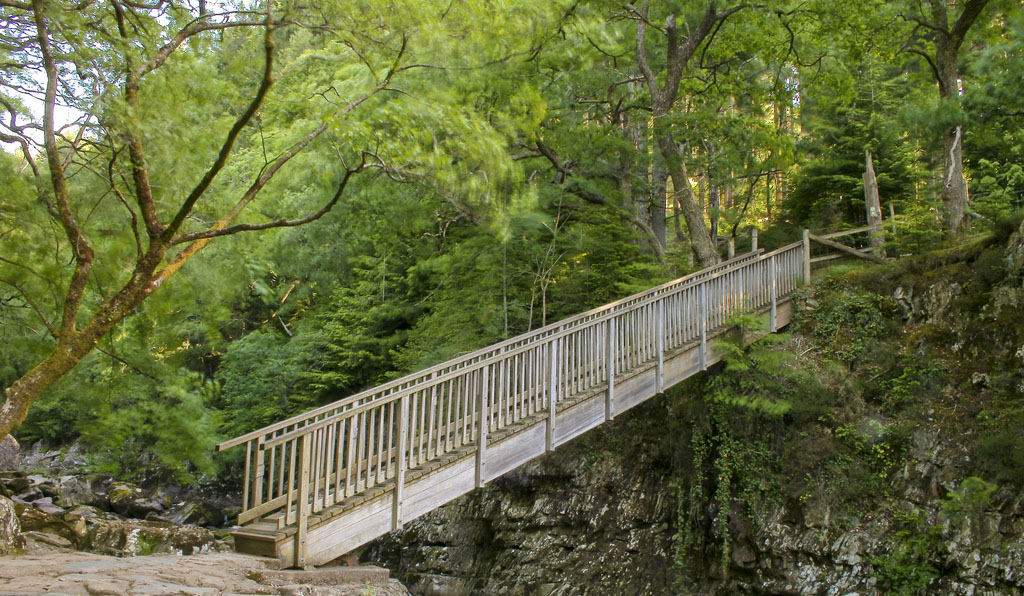
Miner’s Bridge by Dylan Edwards
Fairy Glen
The river Conwy passes through a secluded and enchanting gorge, this is located only a short distance from Beaver bridge on the outskirts of Betws y Coed, and are a combination of rapids and cascades on the Conwy river that are chanelled into a narrow ravine. Wooded banks and rock walls clothed with vegetation add to the charm. Accessed via a path from beside the A470
Conwy Falls
About two miles out of Betws Y Coed towards Pentrefoelas, on the edge of A5, this dramatic waterfall is located at the confluence of the rivers Conwy and Machno, where they tumble through a wooded gorge.
Gwydr Forest
Ty Mawr, Wybrnant
Located in the Wybrnant Valley, this was the birthplace of Bishop William Morgan, the first person to translate the entire Bible into Welsh, It has been restored to its’ 16-17th century appearance, and can be reached by footpaths from Betws Y Coed, Penmachno or Dolwyddelan.
Conwy Valley
Special Equipment
There are a few bits of special equipment that might be needed in this area.
areas around village and roadside are fine, but anywhere that you venture
onto the paths, woods and hills would benefit from walking boots.
- Tripod. Not essential, but could be useful for the landscape shots. A lightweight tripod
might be better if you fancy walking some of the paths, as the weight
of the equipment could become a factor. - Extra lens cleaning cloths I always tend to carry cleaning cloths. The weather is unpredictable to say the least. This would be a must for the waterfall shots.
- Wide angle lens I would take a range of lenses, but think that as wide an angle as possible is a must.
Best time of Year or Day
I would be inclined to say anytime. Each season brings its own rewards. The rivers are more dramatic after heavy rainfall, early morning mist weaving through the trees is pretty mystical. The fact that it is a tourist attraction does make the village itself pretty busy during the season.
Night Image
I haven’t taken any night time shots here, but the village is picturesque day and night.
Getting There
Directions:
Betws y Coed lies on Thomas Telford’s A5, built between 1815 and 1830 and close to A470, making it easily accessible.
Fairy Glen: It’s just off the A470, near the intersection with the A5 – there is a small car park nearby – turn left just after the Fairy Glen Hotel (but not into the hotel car park!), and it’s reached down a small track. You then have to walk for about 15 minutes to get to Fairy Glen itself.
There is a small admission fee of 50p per person to cover maintenance of the footpaths.
Public Transport The Snowdon Sherpa allows you to easily and economically explore the area, as the site says ‘Sherpa buses enable you to relax, enjoy the scenery, and the challenge of the mountains and the charm of Snowdonia’s towns and villages’.
Train – Another way of appreciating the scenery in this area would be by train. The Conwy Valley Railway line which runs from Llandudno, through Betws y Coed to Blaenau Ffestiniog.

